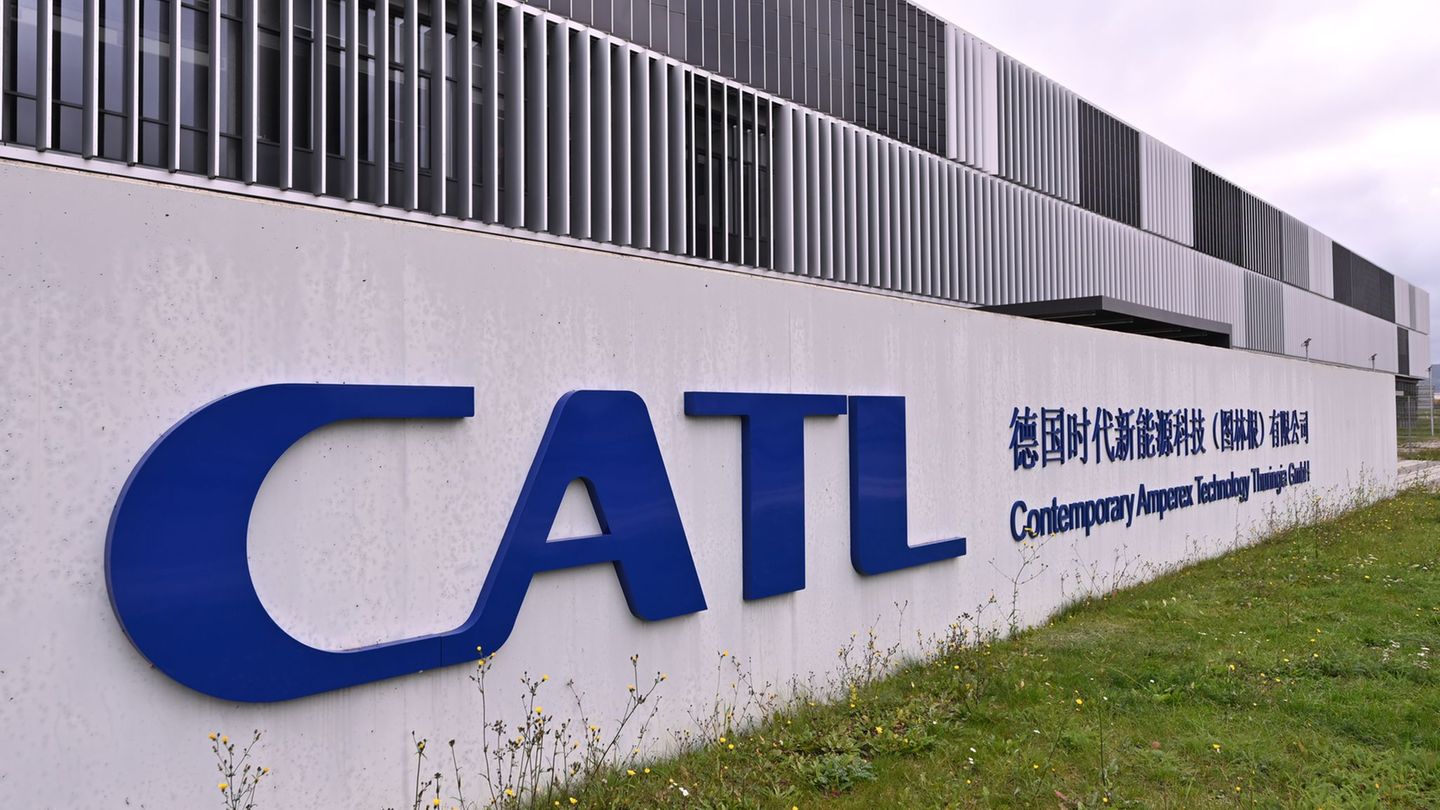Boston Consulting Group (BCG) today released its 22nd annual Global Payments Report, highlighting the need to make strategic decisions to ensure long-term profitable and sustainable growth in the payments industry. The report, titled Fortune Favors the Boldhighlights how payments companies must address the challenges arising from changing customer expectations, increased regulation, new investor priorities, and technological disruptions.
According to the report, the global payments industry will reach 2.3 trillion dollars by 2028, with a compound annual growth rate (CAGR) of 5%. This is significantly lower than the 9% growth recorded over the past five years, when the market reached $1.8 trillion in 2023. North America and Europe will experience the biggest slowdowns, with projected annual growth of just 3%. %. In contrast, Asia-Pacific will continue to be a growth engine at 6% annually, driven by the adoption of digital payments and the rise of middle-class consumers. Latin America and the Middle East and Africa stand out with higher growth rates, of 9% and 7% respectively, driven by the acceleration of digital payments in emerging markets.
“The payments market in Latin America is representing a unique performance and change due to digitalization and adoption of new technologies. With a projected growth of 9% by 2028, this sector will reach 297 billion dollars in the region. Traditional payment methods, such as credit cards, remain the main drivers of industry profits. However, the success of PIX in Brazil shows how account-to-account payments have a greater development perspective,” he stated. Alejandro Tfeli, Managing Director & Partner of BCG and leader of the payments and fintech practice for Latin America.
Alejandro Tfeli.png
Alejandro Tfeli, Managing Director & Partner of BCG and leader of the payments and fintech practice for Latin America.
As in the rest of the region, sustained growth is expected in Argentina of 22% by 2028 and 12% by 2033. Account-to-account (A2A) transfers constitute the majority of transactions in quantity and are projected to They will maintain this dominance in the coming years, consolidating themselves as a key medium in the payments market.
Growth in digital payments reaches maturity in key markets
In advanced markets such as the United States, the United Kingdom and the Nordic countries, the transition from cash to digital payments is almost complete, with less than 10% of transactions carried out in cash. Even in markets like Germany, historically reliant on cash, the share of in-store cash transactions fell from 50% in 2010 to around 25% in 2023. This reflects the maturity of the digital payments market, diminishing opportunities for rapid growth in non-effective transaction volumes.
Creating shareholder value through strategic change
Historically, revenue growth has been the primary driver of total shareholder returns (TSR) in the payments sector. Between 2016 and 2021, revenue growth contributed to more than 55% of the total TSR. However, between 2021 and 2024, this picture has changed, with revenue growth, earnings growth and multiple expansion playing an equal role in the TSR. During this same period, capital return strategies such as buybacks and dividends have gained relevance, representing 36% of the TSR. With 33% of the investor base now focused on value (up from 26% in 2021), expectations of tangible returns in the form of dividends and share buybacks have intensified.
Instant payments and digital currencies are redefining the payments ecosystem
Real-time payment systems are revolutionizing transaction processing, and it is essential that payment players anticipate further adoption by creating relevant solutions and preparing their operational infrastructures. The rise of central bank digital currencies (CBDCs) represents another significant disruption, with programmable payments offering new efficiencies and use cases in financial transactions. The adoption of these technologies could significantly change traditional payment methods and the ecosystem as a whole.
Generative AI (GenAI) will transform the payments industry: acting now is crucial
Generative artificial intelligence (GenAI) is emerging as a revolutionary technology for the payments industry. Early adopters are already seeing improvements in customer service, operational efficiency and fraud detection. Companies that do not take immediate action risk being left behind, as GenAI will soon become a competitive necessity. Industry players must immediately invest in AI capabilities to improve customer experience, optimize their operations, and create personalized experiences at scale before the window of opportunity closes.
Technological modernization is key to staying competitive
The leading payments industry companies of the future will need a modular, cloud-based technology architecture to remain resilient and profitable. By migrating to scalable systems in a constantly modernizing market infrastructure, companies can reduce their technological debt, reduce operating costs and accelerate product launches to market. Companies that are already adopting modern cores to optimize their operations will maintain a competitive advantage through continuous innovation.
Source: Ambito
I am a 24-year-old writer and journalist who has been working in the news industry for the past two years. I write primarily about market news, so if you’re looking for insights into what’s going on in the stock market or economic indicators, you’ve come to the right place. I also dabble in writing articles on lifestyle trends and pop culture news.




